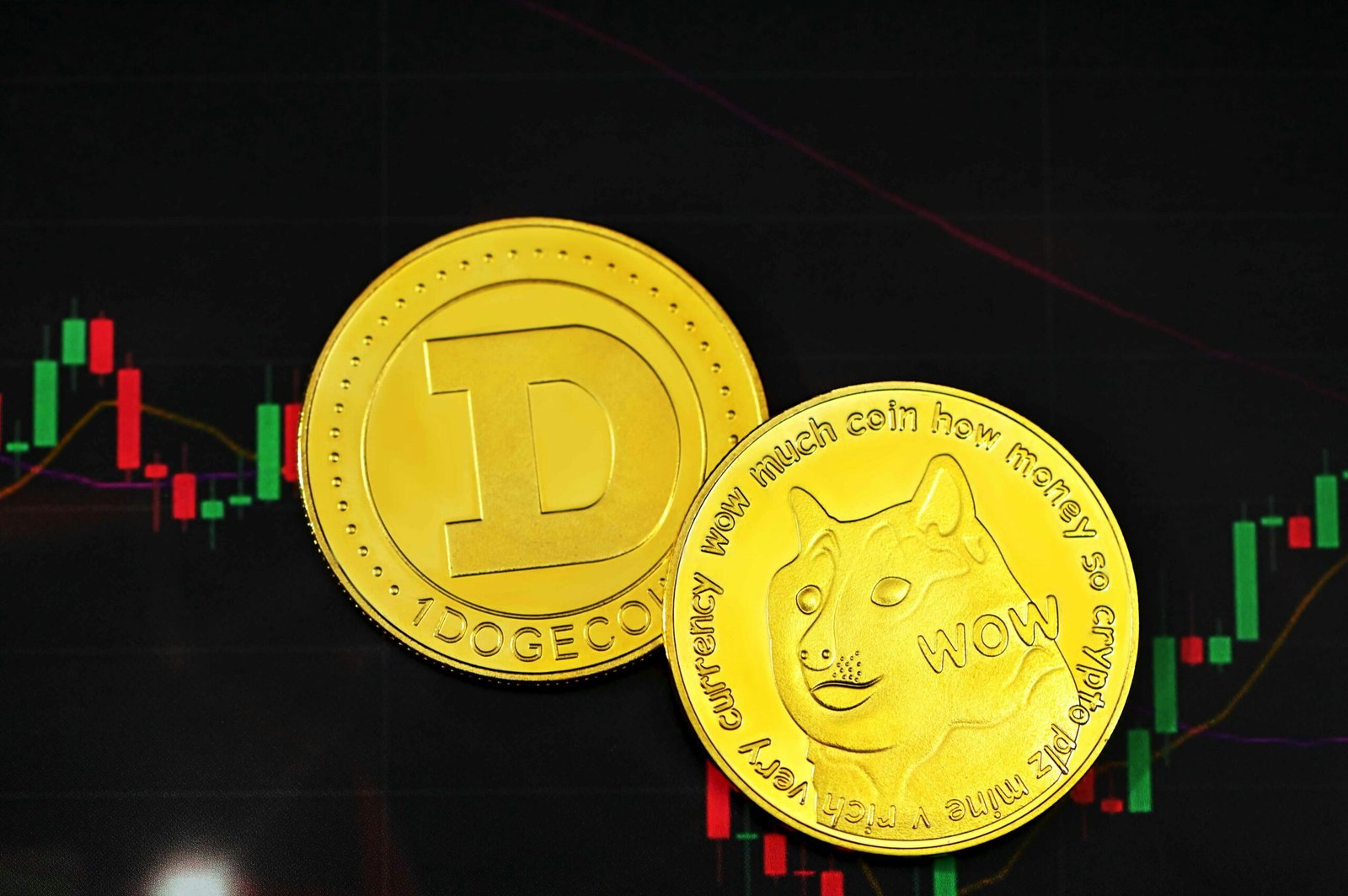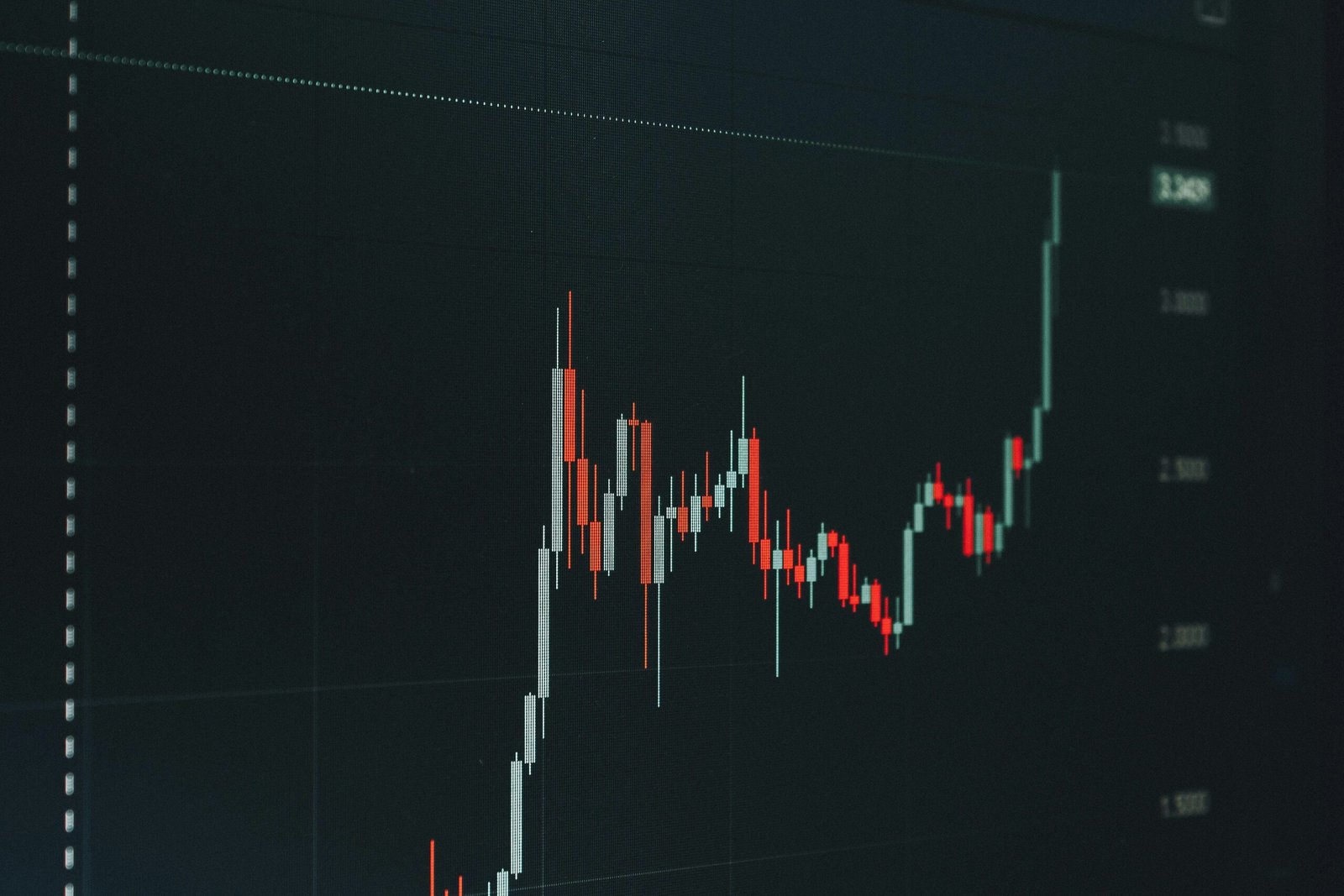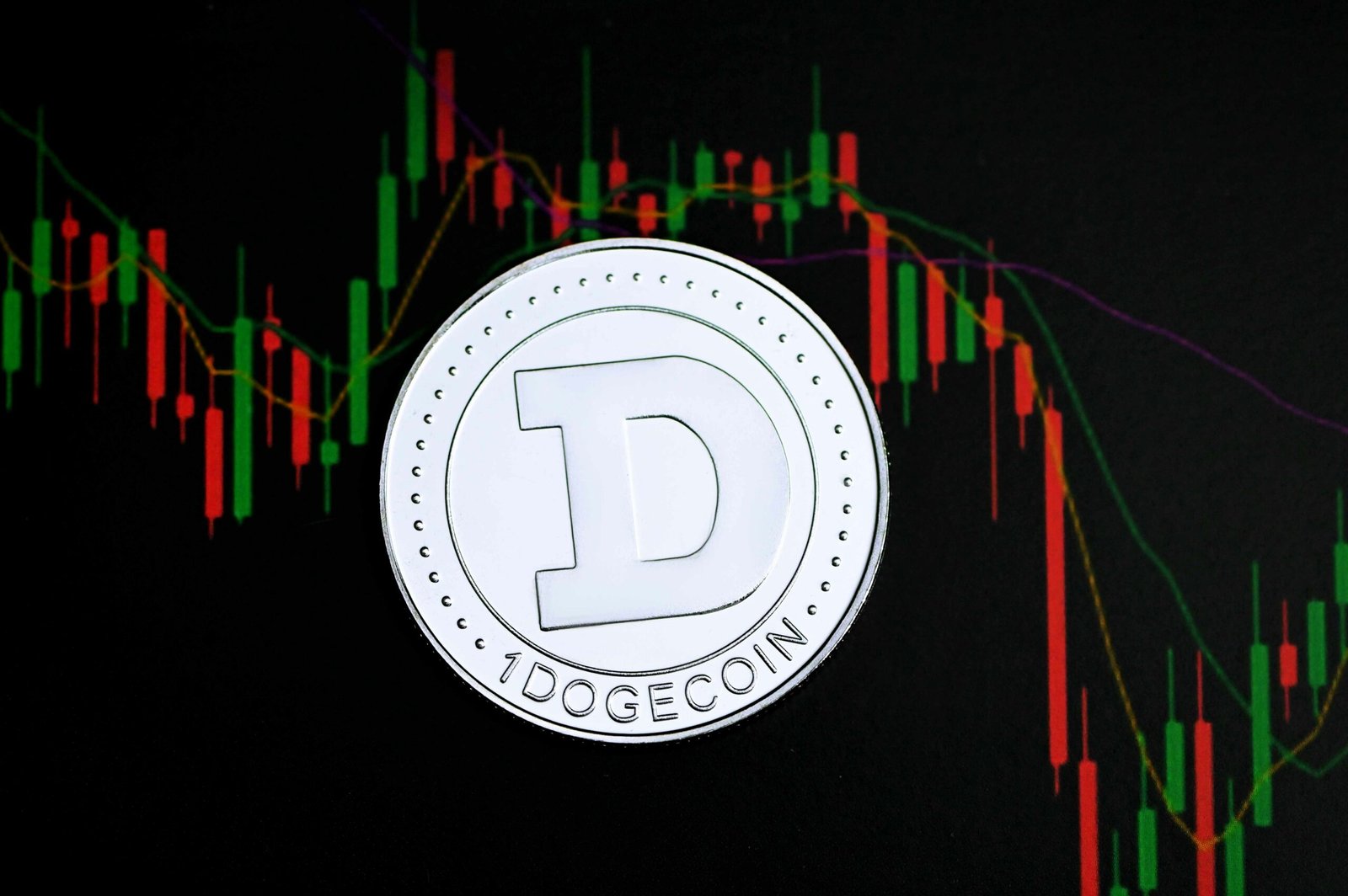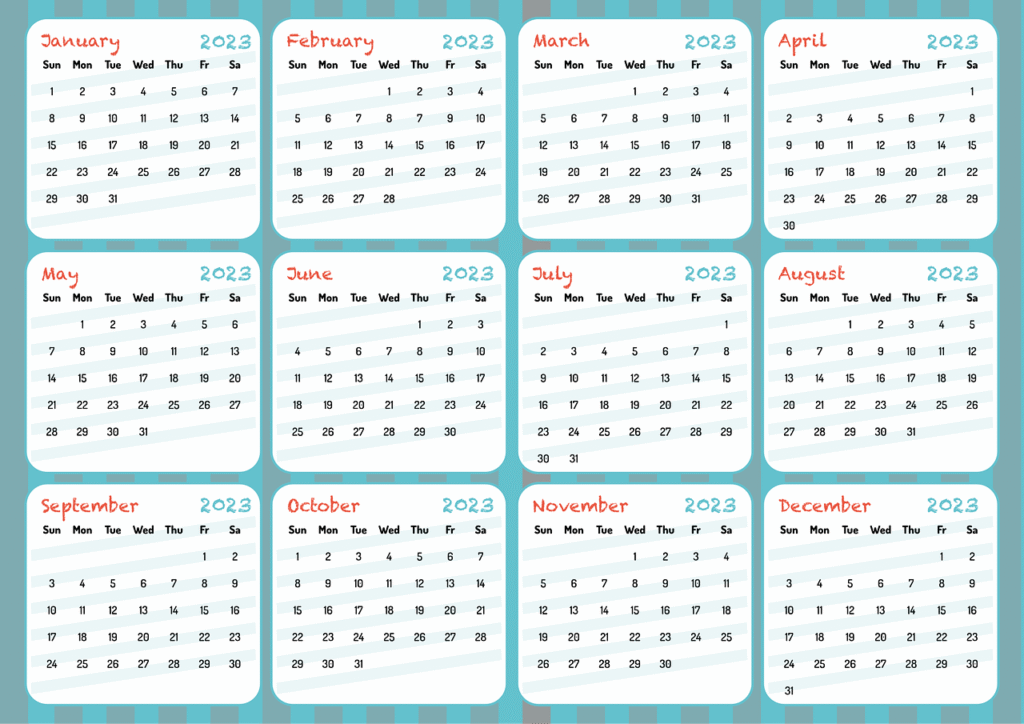Have you ever wondered what you would do if you had a million dollars to invest? It’s a scenario that many of us dream about. But once you have that bank balance, the big question is: where should you invest it to maximize your returns? Among the myriad of investment options, a Certificate of Deposit (CD) is one choice that can offer peace of mind with guaranteed returns. Let’s explore how you can make the most of a million-dollar CD investment.

This image is property of images.unsplash.com.
Understanding Certificates of Deposit (CDs)
A Certificate of Deposit (CD) is a financial product offered by banks and credit unions that provides a higher interest rate than a regular savings account. When you invest in a CD, you agree to deposit a fixed amount of money for a specified term in exchange for a guaranteed rate of return. It’s like a contract between you and the bank where you promise to leave the money untouched for a set period, and in return, the bank rewards you with interest.
The Basics of CDs
CDs are esteemed for their safety and predictability, traits that make them particularly appealing if you’re seeking low-risk investment vehicles. Unlike stocks or mutual funds that can fluctuate based on market dynamics, CDs offer stability since your return is predetermined. If you’re someone who values security and certainty, CDs might pique your interest.
How CDs Work
When you opt for a CD, you’ll choose a term length which can vary from a few months to several years. During this time, the deposit earns interest at a higher rate than regular savings accounts. This interest rate is typically fixed, so you’ll know exactly how much you’re going to earn by the end of the term. However, it’s important to be aware that accessing your money before the term ends could result in a penalty, as CDs are intended to be held for their full duration.
Benefits of Investing in a CD
Investing in a CD can offer numerous advantages, particularly for individuals who wish to preserve their capital and secure a steady return. While CDs may not offer the highest returns compared to other investments like stocks, their benefits should not be underestimated.
Safety and Security
Perhaps the most significant advantage of CDs is their safety. Since CDs from banks are typically insured by the FDIC (up to $250,000 per depositor, per bank), your investment is secure against any bank failures. This insurance protection provides peace of mind, making CDs a safe haven for your funds.
Predictable Returns
With a CD, you’ll know upfront what your returns will be. This predictability is beneficial for planning future financial goals or expenses. Whether you’re eyeing a new home or securing your retirement, being able to anticipate your ROI can help you plan better.
Higher Interest Rates than Savings Accounts
CDs often offer higher interest rates compared to traditional savings accounts, making them an attractive option. The interest rates on CDs are typically linked to the term length—the longer the term, the higher the rate. For a million-dollar investment, even a slight interest rate increase can lead to substantial earnings.
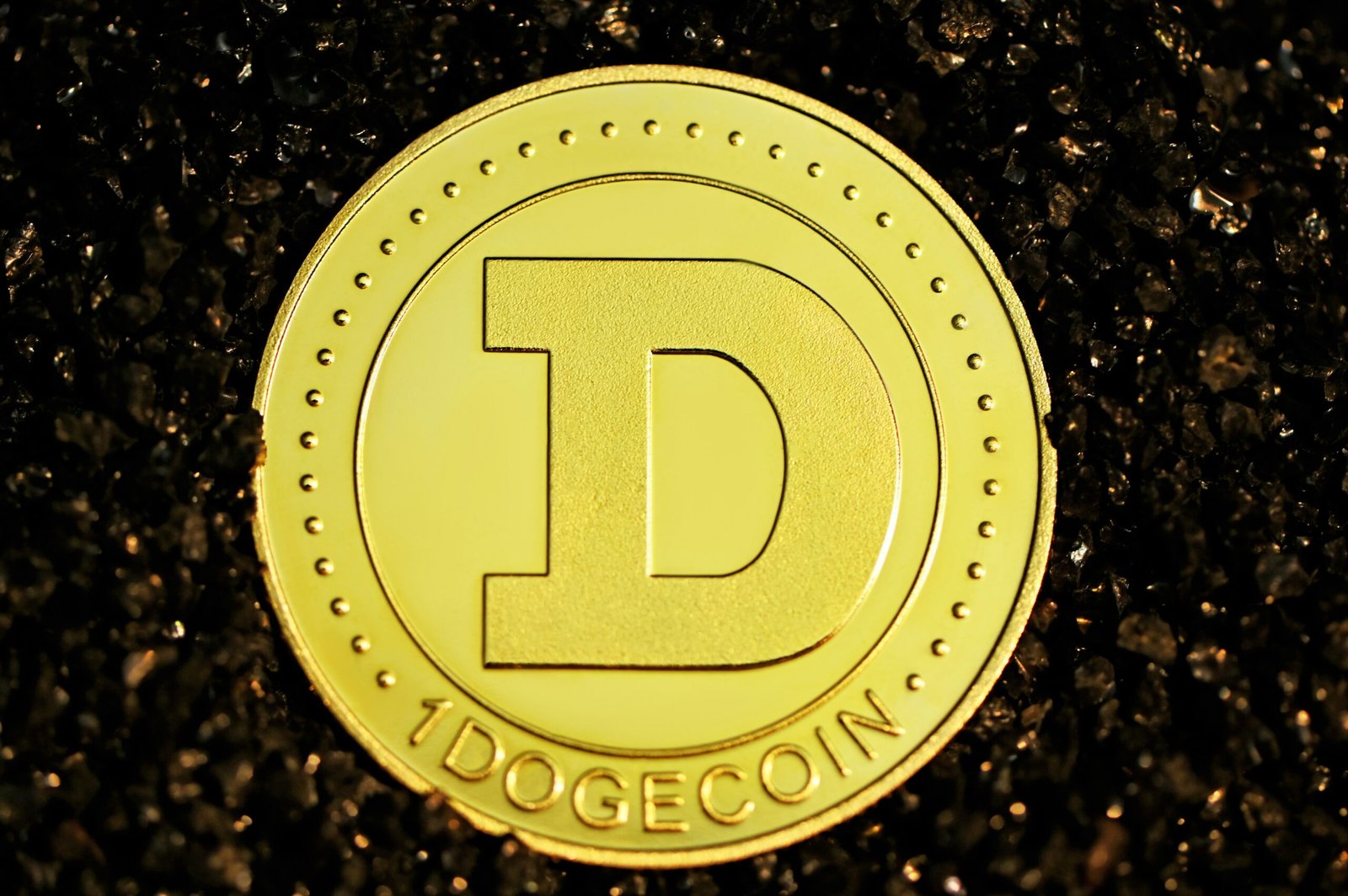
This image is property of images.unsplash.com.
Considerations for Investing in a CD
While CDs are excellent tools for certain types of investment, it’s important to assess various factors before committing to this route. Understanding these factors will allow you to make informed decisions and avoid potential pitfalls.
Interest Rates and Inflation
One critical consideration with CDs is the impact of inflation on your returns. If the inflation rate surpasses your CD’s interest rate, your money might lose purchasing power over time. Therefore, monitoring economic trends and choosing CDs with competitive rates can help hedge against inflation.
Penalties for Early Withdrawal
CDs come with penalties for early withdrawal, often amounting to several months’ worth of interest. It’s essential to ensure you won’t need to access these funds before the term finishes. Opt for a duration that aligns with your financial plans to avoid such penalties.
Laddering Strategy
Engaging in a laddering strategy can mitigate some of the drawbacks of CDs. This involves investing in multiple CDs with staggered maturity dates. A laddering approach can improve liquidity, reduce interest rate risks, and provide opportunities to reinvest at potentially higher rates as each CD matures.
How to Invest 1 Million Dollars in a CD
Navigating the process of investing a significant sum, like 1 million dollars, requires a strategic approach. Here’s a breakdown of how you can effectively invest in CDs.
Selecting the Right Bank
Choosing the right bank is fundamental to maximizing your returns. Look for banks offering competitive interest rates and favorable terms. Don’t hesitate to compare options from various banks to pinpoint where your money will grow best.
Determining the Right CD Term
The term you select impacts your potential earnings and flexibility. Longer-term CDs typically offer higher rates, but you’ll need to lock your funds for extended periods. Evaluate your liquidity needs and risk tolerance to select an optimal term.
Considering CD Rates
Understanding both current and historical CD rates can influence your decision. Higher rates will provide greater returns, but it’s crucial to weigh these against any economic uncertainties and your personal financial goals.
Choosing Between Traditional and Brokerage CDs
Traditional CDs are direct engagements with banks, while brokerage CDs are offered through brokerage firms. Brokerage CDs can sometimes offer higher rates, but they lack FDIC insurance above the brokered bank’s coverage. Make an informed choice based on where you want to prioritize your security and returns.

This image is property of images.unsplash.com.
Tax Implications of Investing in a CD
It’s essential to consider the tax implications associated with earning interest from a CD investment. Since interest from CDs is typically considered taxable income, understanding these obligations is crucial to avoid surprises when tax season arrives.
How Interest is Taxed
Interest earned from CDs is generally subject to federal and state taxes. The bank will provide a 1099-INT form that reports the interest income. Depending on your tax bracket, this income can impact your overall tax liability, so be prepared for how it may influence your financial picture.
Strategies to Minimize Tax Burden
To minimize the impact of taxes on your CD earnings, consider strategies such as investing in tax-advantaged accounts like IRAs, if applicable. Additionally, timing the redemption of your CDs and interest payouts to align with years when you might be in a lower tax bracket can help manage tax burdens.
Maximizing Returns on your Investment
While safety is key with CDs, you can still adopt strategies to enhance profitability. Exploring options beyond the traditional CD framework might help you further capitalize on your investment.
High-Yield Savings Accounts
Consider balancing your CD portfolio with high-yield savings accounts. These accounts can sometimes offer comparable rates to short-term CDs with greater flexibility and no commitment, though they typically lack guaranteed rates.
Step-Up and Bump-Up CDs
Some banks offer CDs that allow you to step-up or bump-up your interest rate if market rates rise during your CD term. These products offer a balance between the stability of a fixed rate and the opportunity to benefit from increasing rates.
Monitoring and Adjusting Strategies
Keep an eye on the overall economic climate and the Federal Reserve’s interest rate policies. If changes occur in the economic landscape, be prepared to adjust your strategy, either by exploring new products or reshaping your existing portfolio to optimize returns and retain security.

This image is property of images.unsplash.com.
Conclusion
Investing a million dollars can be a profound opportunity with significant potential for future security and growth. CDs represent a steadfast and reliable option, particularly for investors focused on preserving principal and obtaining predictable returns. By understanding how CDs work, the benefits they offer, and employing strategic approaches to mitigate their limitations, you can maximize your returns and ensure your million dollars work effectively for you. Approach your investment decisions with informed confidence, and your financial future will be all the brighter.


